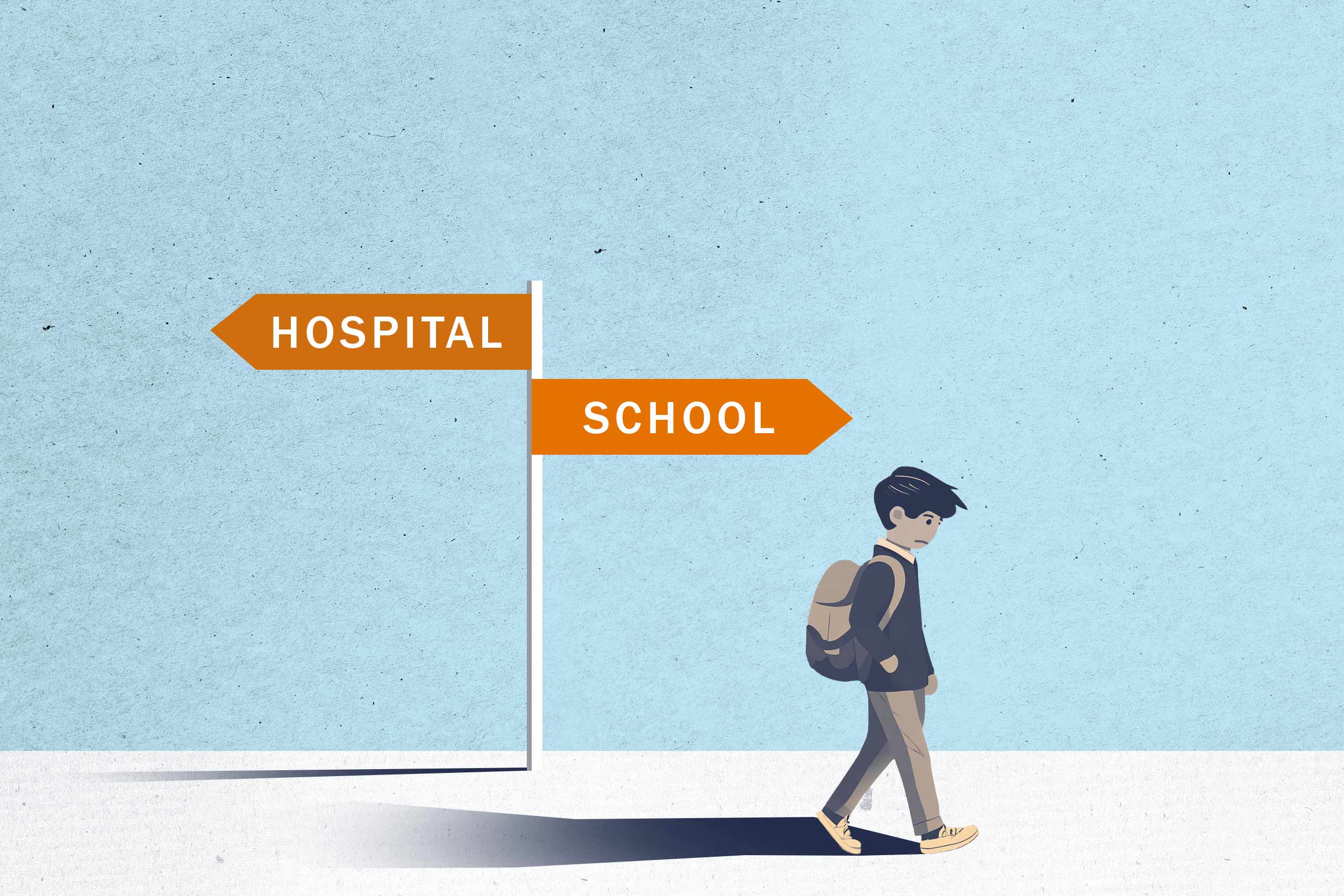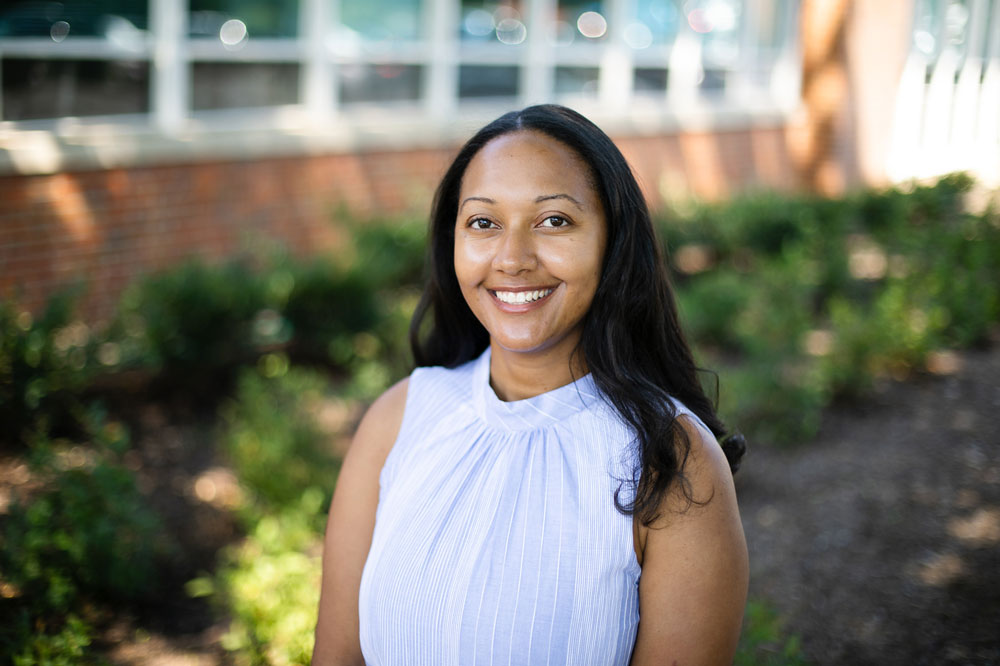“I stumbled upon the literature on the number of kids who go to the emergency department for mental health-related issues, but aren’t actually hospitalized,” said Smith, a faculty affiliate with UVA’s Youth-Nex research center. “And that was eye-opening because I realized that although there is little, but growing research on hospital-to-school transitions, there’s virtually nothing on emergency department-to-school transitions.”
As an iTHRIV scholar, and backed by a grant from the 4-VA organization, Smith is researching how best to support students returning to school after an emergency department visit, in partnership with UVA School of Medicine colleagues Dr. Moira Smith and Genevieve Lyons.
We sat down with Lora Smith to better understand the issue and how to fill the gap.
Q. How many students seeking mental health care in the emergency department are admitted versus discharged the same day?
A. A majority of kids who go to the emergency department for a mental health issue will be discharged without being admitted to the hospital. The numbers vary, depending on the study and the region, including what resources are available. In some cases, as few as 8% of kids who go to the emergency department will be admitted.
About 30% to 40% of kids seen in the emergency department are referred from school. Obviously, they’re being referred because their needs are beyond what the school can do in a particular moment. And then, in many cases, that child returns to school the next day, because they were not admitted.
Q. How does that affect school mental health professionals?
A. A lot of school mental health professionals don’t receive formal training in how to best support kids returning to school after a mental health crisis. But a lot of them are amazing at it because they learn on the job and learn from peers.
Most of the folks that we interviewed shared that their schools have some type of protocol, whether formal or informal, for a hospital-to-school transition. But they weren’t thinking about emergency department-to-school transition in the same way. Even though not enough has been done for hospital-to-school transition, there’s even less being done for emergency department-to-school transition.
Q. What keeps students from getting the support they need when they return to school?
A. One barrier is a gap in services across the full continuum of care for youth with mental health concerns. Schools and emergency departments don’t often have the same definition of “imminent risks.” School mental health professionals tend to have a lower tolerance threshold, meaning school policies and procedures might require a child who is in need of mental health services to be sent to the emergency department. But according to the emergency department, the same student may not meet the threshold for the level of care provided at the hospital.
Another is a gap in communication. There are privacy concerns and issues with (federal privacy laws like) HIPAA and FERPA. So, if a family doesn’t tell the school that they went to the hospital, then there’s no way for the school to know under most circumstances.
Some families may not trust the school, and for others, there is a stigma around needing mental health care. So that really speaks to the need for trust- and relationship-building between schools and families.
Q. As a clinical and school psychologist, what kind of support do you hope students receive?
A. There is something called an “interconnected systems framework,” and in this case that would integrate community and mental health resources with what is available in schools. Utilizing a framework like that could create stronger working relationships and partnerships between schools, health systems and other community providers and resources. Ideally, adults could proactively support kids with mental health issues across the continuum of care by providing needed outpatient care to hopefully prevent emergency department visits and hospitalizations. That takes lots of planning and collaboration, thinking well beyond an individual child in the emergency department.
More immediately, schools could begin to implement a school reentry meeting to discuss not just the emergency department visit, but what else has been going on and how the school can be most helpful in helping that child meet their academic, social-emotional and mental health needs. There also needs to be ongoing follow-up and progress monitoring, to make sure that that child’s needs are being met beyond just the school re-entry meeting.
Something that I really want to highlight is how we can integrate other adults in the schools to help support kids. Teachers and administrators, and school mental health professionals, are being pulled in so many different directions. There are other people in the school building – a secretary or custodian – who could also support students’ overall well-being. With the appropriate confidentiality and privacy measures in place, I’d love to get them looped in and to have them on the team as well.
Even a high-five or “It’s good to see you today!” can brighten the day of a child who’s returning to school. Any adult in the school building can do that.







